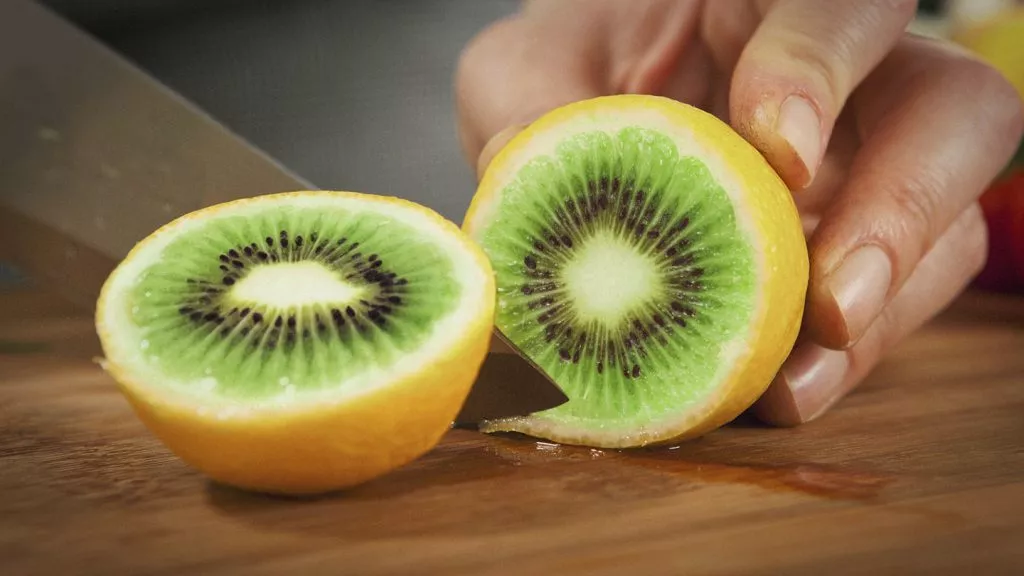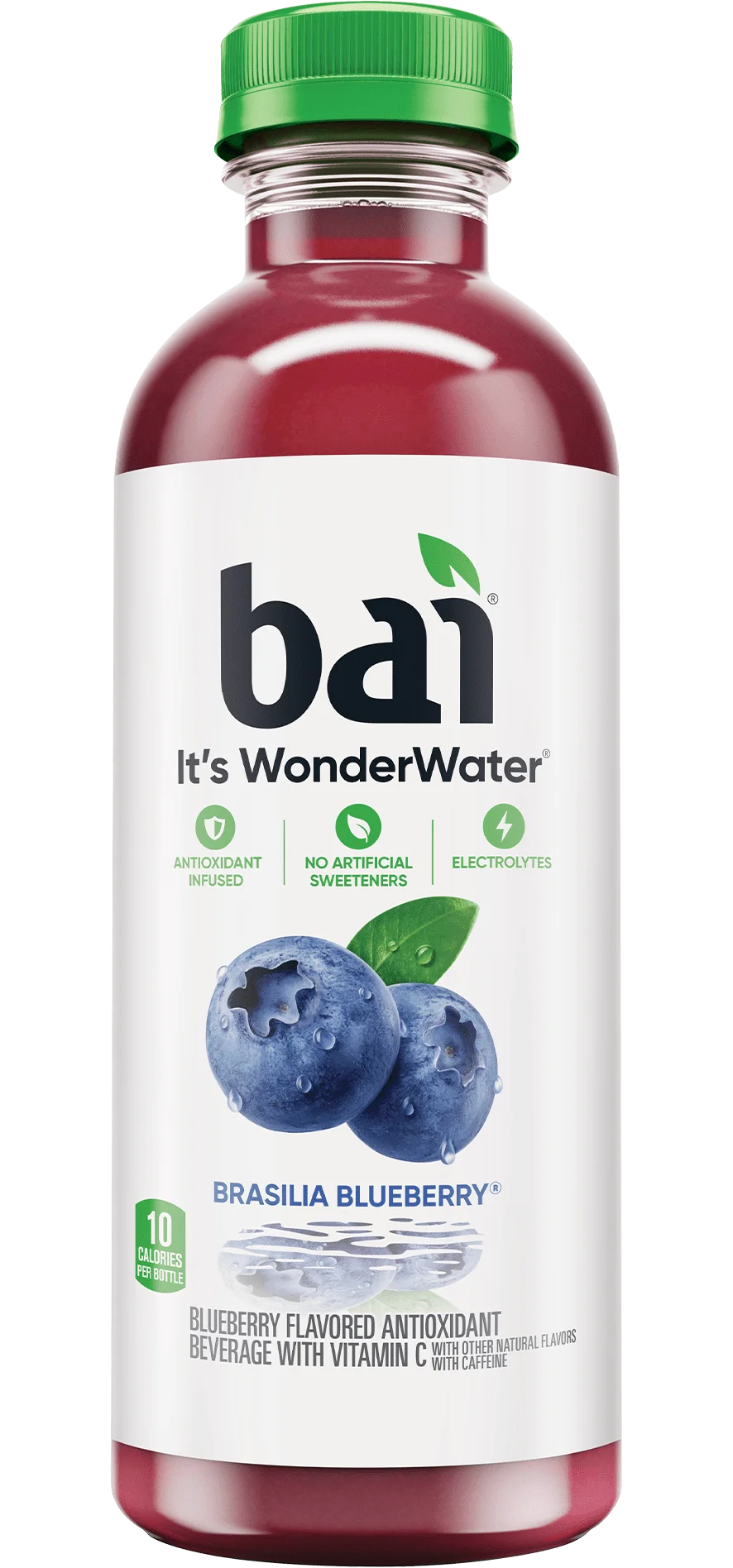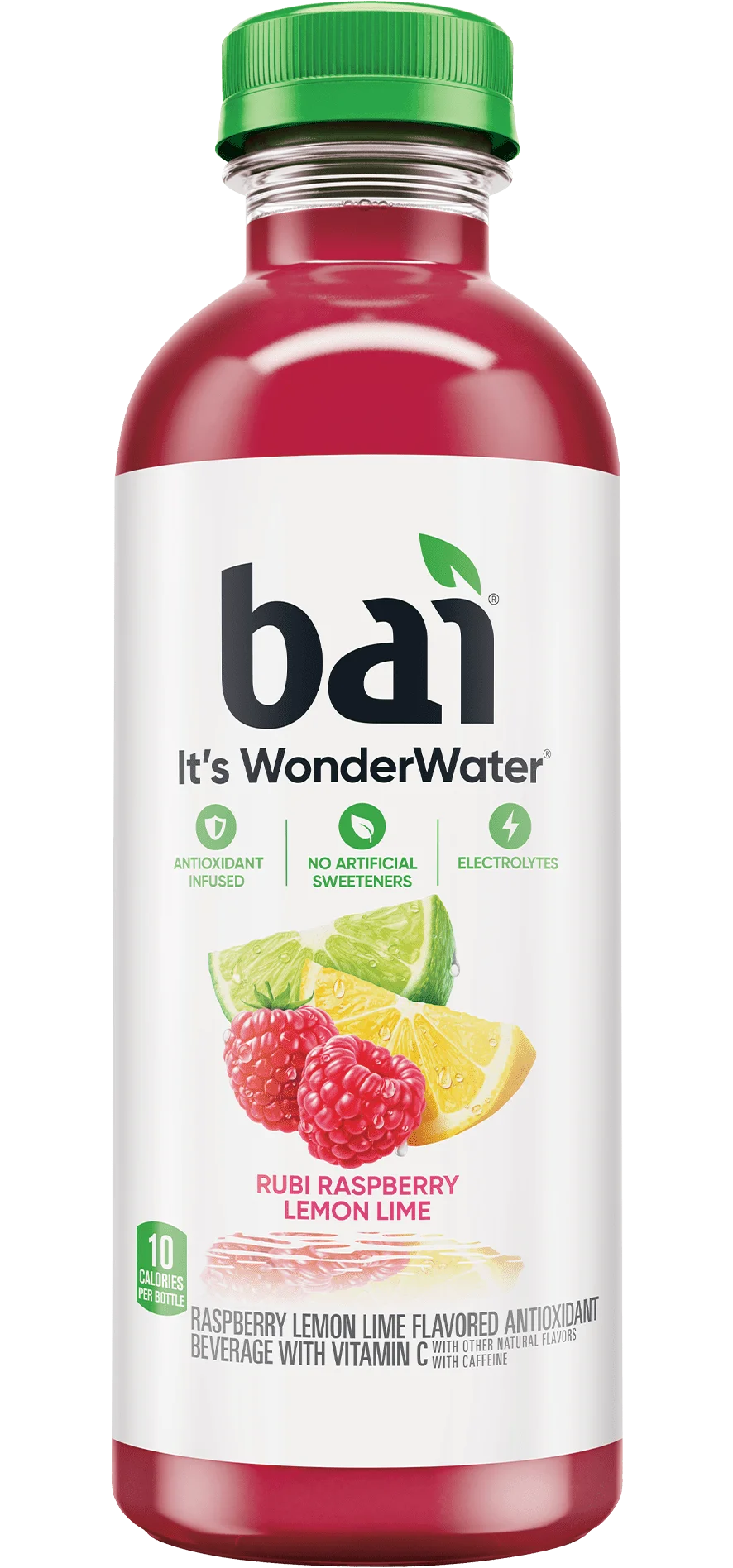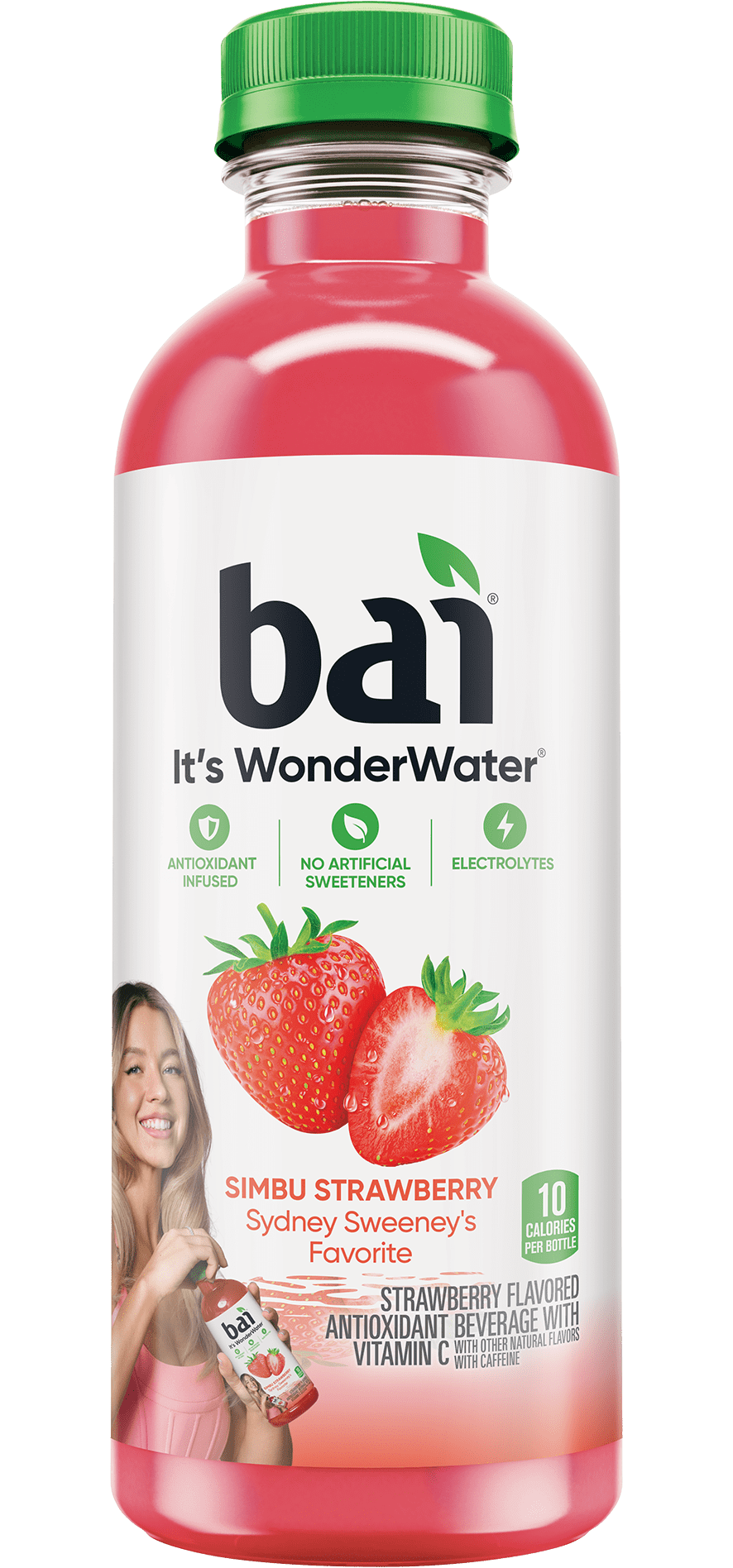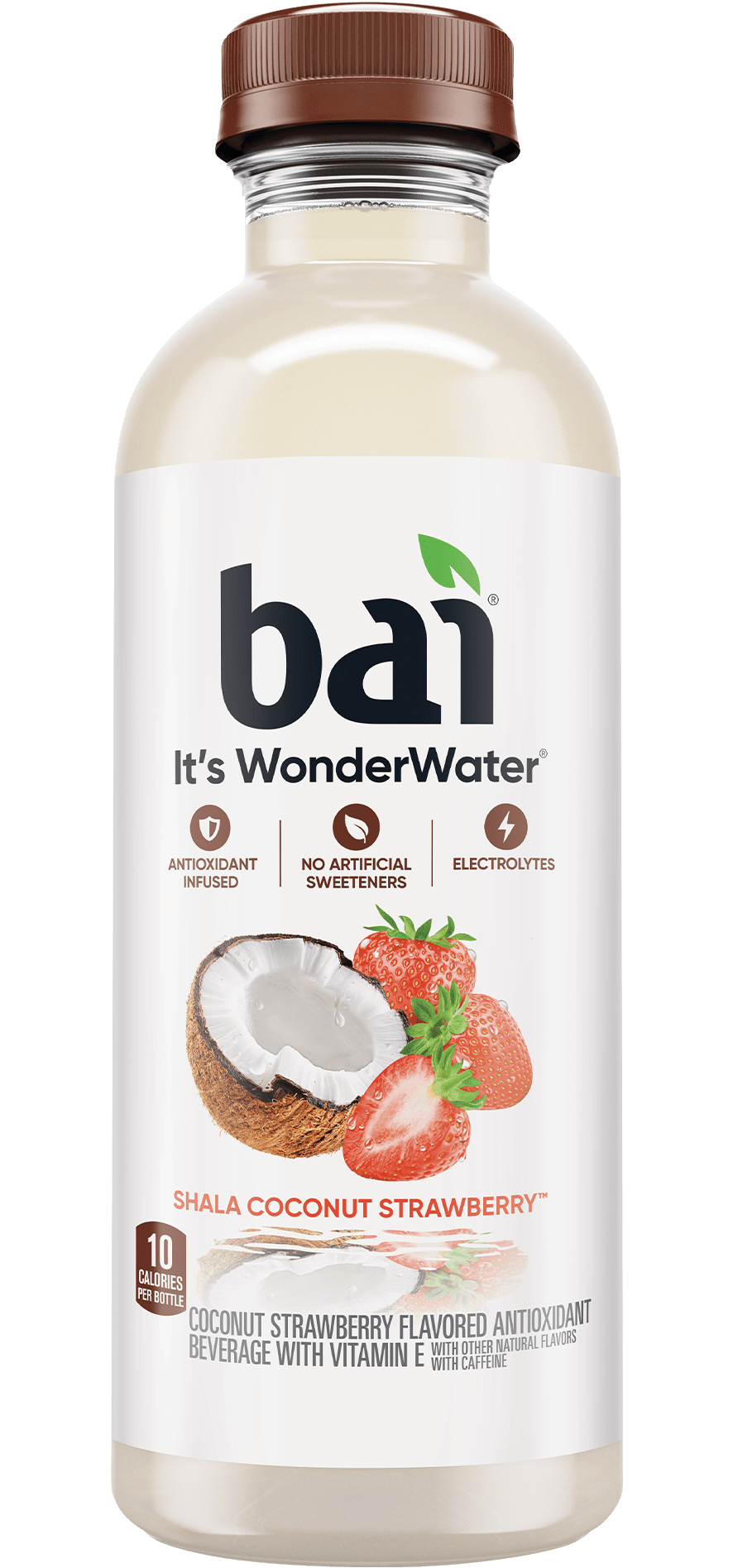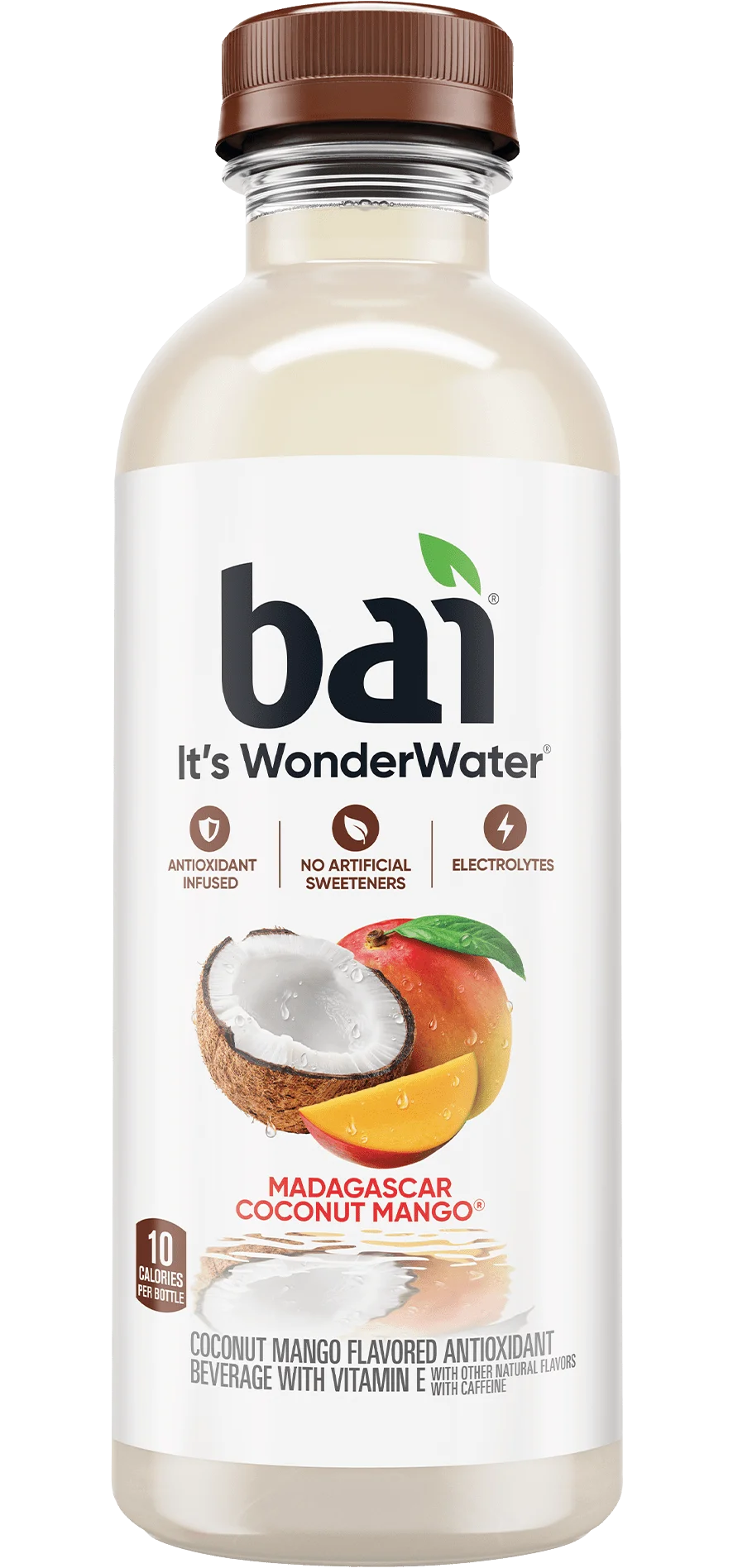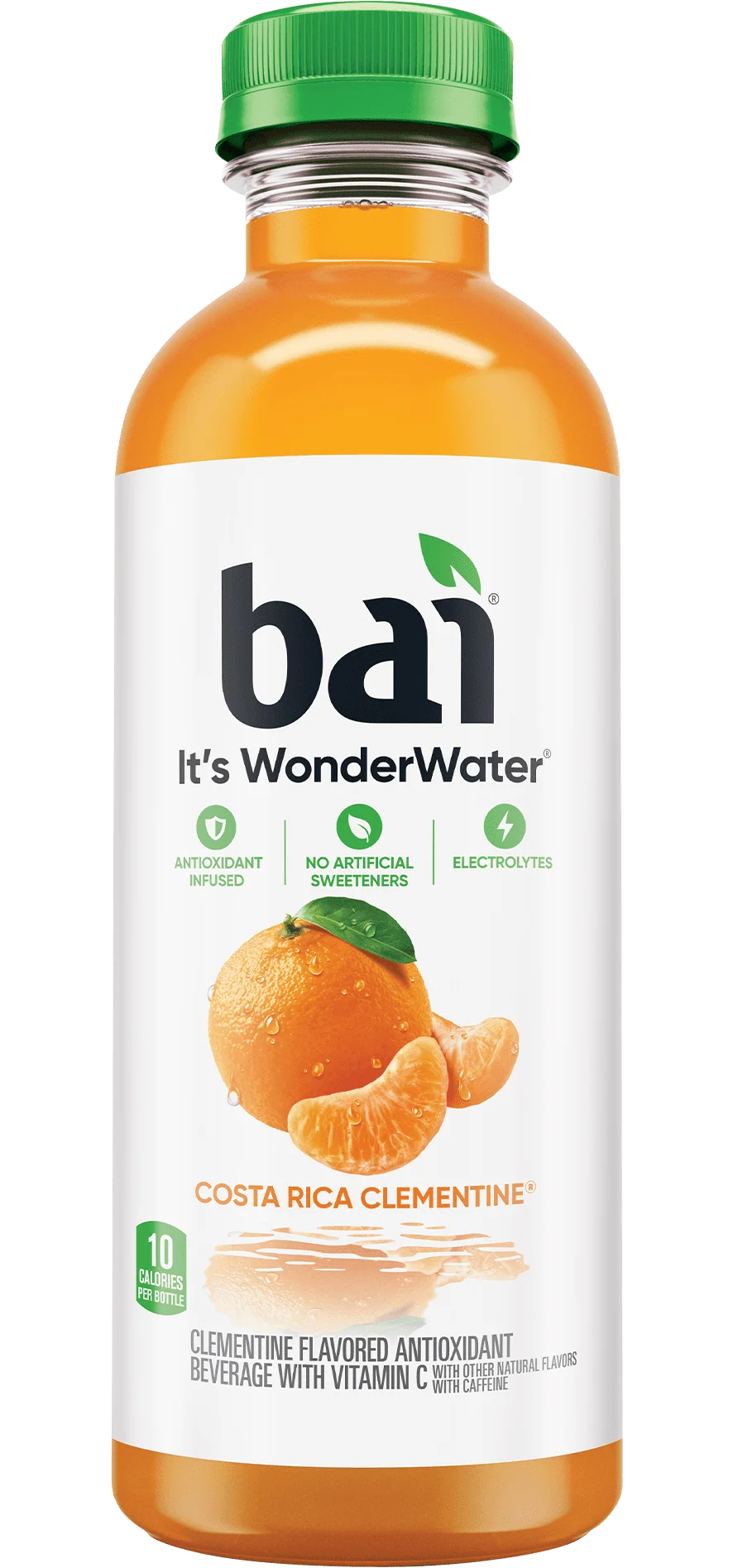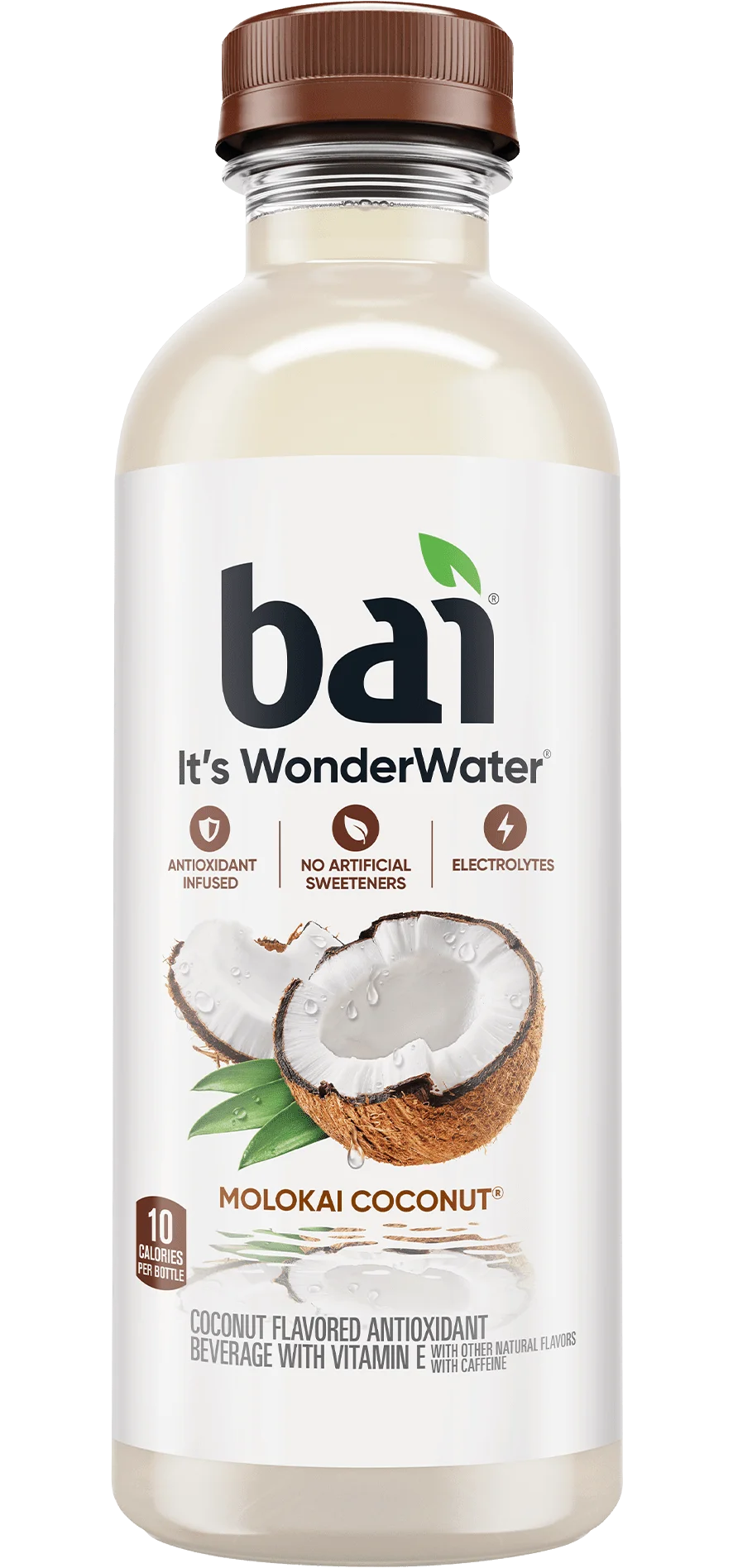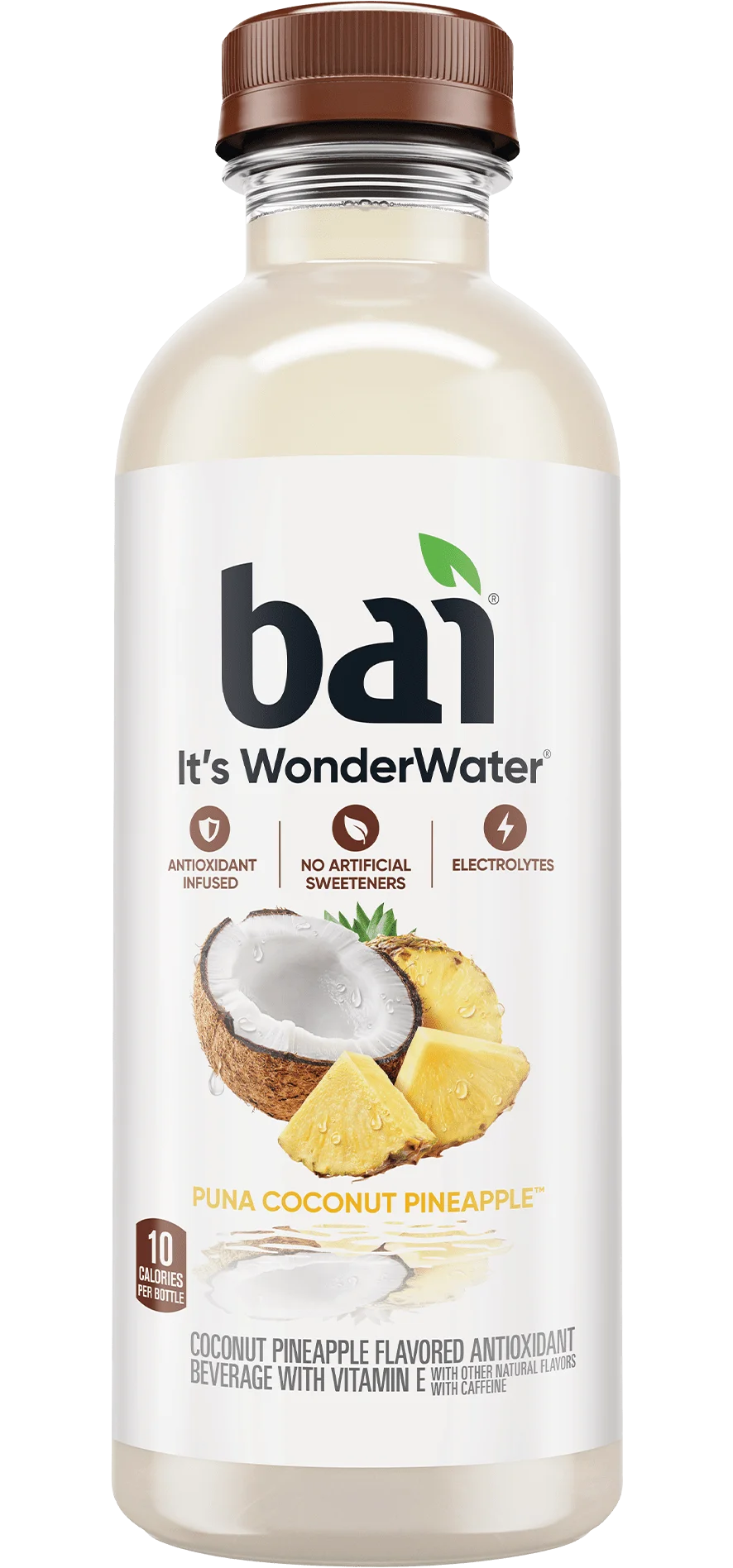This is the latest post in our series, Now I Know – Liquid Edition by Dan Lewis, author of Now I Know a popular online newsletter.
By Dan Lewis
If you’re unfamiliar with the term “pluot,” it looks like a typo for “Pluto” or perhaps something vaguely French. But it’s not – it’s a real-ish word. You won’t find it in many dictionaries but you’ll find it in a lot of grocery stores, especially in the summertime. A pluot is a fruit. It’s a cross between a plum and an apricot. You may have heard them called plumcots or apriums or a variety of other names (and there may be nuances in the names) but regardless, if you buy one, expect an experience that’s part plum, part apricot. When you eat one, your mouth feels textures which are very apricot-y, but your taste buds detect the flavors commonly associated with plums. It’s a new frontier in taste.
But it’s not the only frontier. Here are three other fruits which go where no fruit has gone before.
First, there are Cotton Candy grapes.
In 2013, NPR covered the story of a horticulturalist named David Cain. Cain noted that our grocery stores have literally a dozen or more varieties of apple available for sale, and each one has a taste profile different than the rest. These apples are created through selective breeding, and, Cain noted, there’s no reason you couldn’t do the same thing with other fruits, such as grapes. So he began doing so. Cain made a hybrid of two different species of grapes and the resultant grape looks like a “normal” green grape – but when you pop one in your mouth and bite in, the fruit tastes more like cotton candy than cough medicine. Isn’t science cool?
But you know what’s also cool? Nature. Because sometimes, it creates designer fruits all by itself. Here are a two you probably haven’t heard of.
Second up on our list are these:
From the outside, it looks like a green tomato. From the inside, it looks like a green tomato which has rotted, congealed, and hardened — to put it charitably. The fruit’s name – the Black Sapote – sounds more like a plague-like disease than a fruit. But it doesn’t taste like death. When ripe, the Black Sapote tastes — and feels (in one’s mouth, at least) – like chocolate pudding.
Unfortunately they’re not commonly sold in the United States, likely due in part to the fact that when unripe, they’re bitter and can irritate one’s mouth and throat. And besides, they’re more a novelty than a staple, and therefore, aren’t a very lucrative option for fruit growers.
And then, there’s this:
That orange thing – it looks, coincidentally, like an apricot, perhaps? That’s the fruit in question. Its scientific name is Bunchosia argentea but its colloquial nickname tells most of the story: it’s the Peanut Butter Fruit. It smells like peanut butter. It tastes like peanut butter! And it’s texture… well, its texture is more like an apricot than chunky peanut butter. So if you prefer chunky to creamy, this may not be good for you. But close enough, otherwise.
The bad news: The Peanut Butter Fruit doesn’t grow well everywhere – it is native to Colombia and Venezuela and can be grown in similar climates, such as southern Florida, but may struggle in other areas. That causes a problem: it typically needs to be eaten fresh in order to be any good. And while you can make it into a preserve, isn’t that what peanut butter basically is already?
In general, if you want to try these foods out, that’s going to be tough. The economics of most fruits like this – pluots and, perhaps one day soon, cotton candy grapes being the exceptions – just aren’t all that good. If you’re enterprising enough, you can find them, of course. But you may be better off grabbing a bottle of Bai.
Dan Lewis is the author of the wildly popular daily newsletter Now I Know, which shares something interesting every day.
[Photo credits: Creative Commons]

